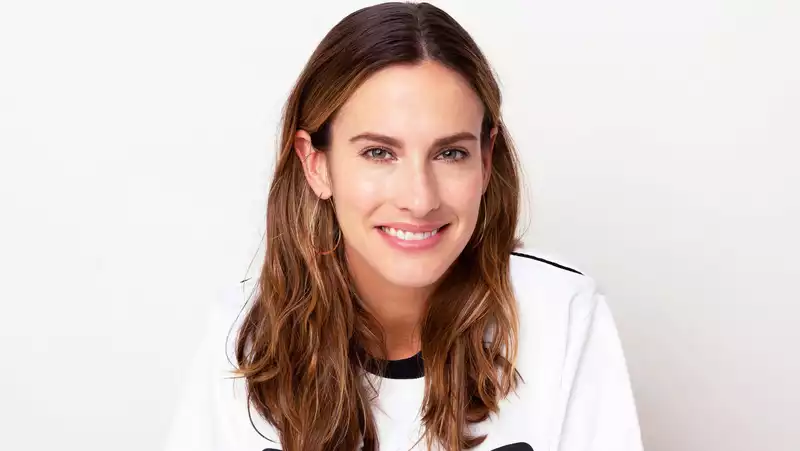
My favorite part Christina Marron
About 10 years ago, a finger began to stop working. Then about every other year, another finger stopped working. Or a shoulder. Or elbow. I was upset, sure, but what hurt the most was the preconceived notion of others that my life was over: no one loved me, I couldn't work, I was a burden. They may not have said it outright, but I knew they felt that way. It was then that I realized that disability has an image problem. How could I change that image?
I realized that I could do that through fashion. Style allows me to express myself, and from a functional standpoint, having clothes that I can wear changes everything. I am particularly sensitive to the fact that someone reads a news report about me and automatically thinks 'she's sick' and expects me to dress very fancy. My previous style might have included tight jeans or something a little sexier, but it has become very difficult for me to wear those things. I wanted to show that you can have an illness and still dress the way you want. Constraints breed innovation
That's why I got involved with Open Style Lab (opens in new tab). I helped build the brand and, as the only board member with a disability, made sure it was authentic. As Chief Brand Officer, I developed messaging and marketing strategies while learning a lot about product design from my co-founders. Later, I served as head of inclusive design and accessibility at Wunderman Thompson, a global creative agency, where I helped build communications for Tommy Hilfiger Adaptive, a clothing line for people with disabilities.
Before COVID, I met almost weekly with senior executives from various billion dollar companies to talk about ways to make their products and marketing more accessible. I value business travel, and it is a big part of my job. So I always tried to be prepared to use the elements of the room wherever I was. I use a lot of loops on my clothes that I hang on doorknobs to help me pull things off. A lot of people with disabilities travel with someone else, but my husband's schedule is also very demanding, so finding ways to do things on my own has really pushed me.
The same goes for beauty: I have been obsessed with beauty products since I was a little girl because they are a way of self-expression. Having a paralyzed arm didn't change that, so I spent a lot of time looking for products and tools that I could manipulate with my feet. I can't wash my hair well, so I use Bumble and Bumble dry shampoo in between blowouts at the salon (opens in new tab). The package is designed to release just the right amount of powder with each squeeze. And for years, I've used a Revlon 2-in-1 hair dryer and volumizing brush (opens in new tab) to achieve a salon-like blowout. For most women, having a brush and a hair dryer at the same time is difficult, especially for women with dexterity issues like me.
This can be frustrating. When I first became disabled, I unintentionally took out my frustration on those closest to me, such as my husband and my best friend. If you see this type of behavior, please let me know. It's something I've learned the hard way, but it's something I've done to really take care of my own mental health. When I first developed this disorder, I felt like I was losing a part of myself. But I wasn't depressed; I felt I still had something to give. I still feel that way.
This story appeared in the Fall 2020 issue of Marie Claire.
Click here to subscribe (opens in new tab)
.
Comments